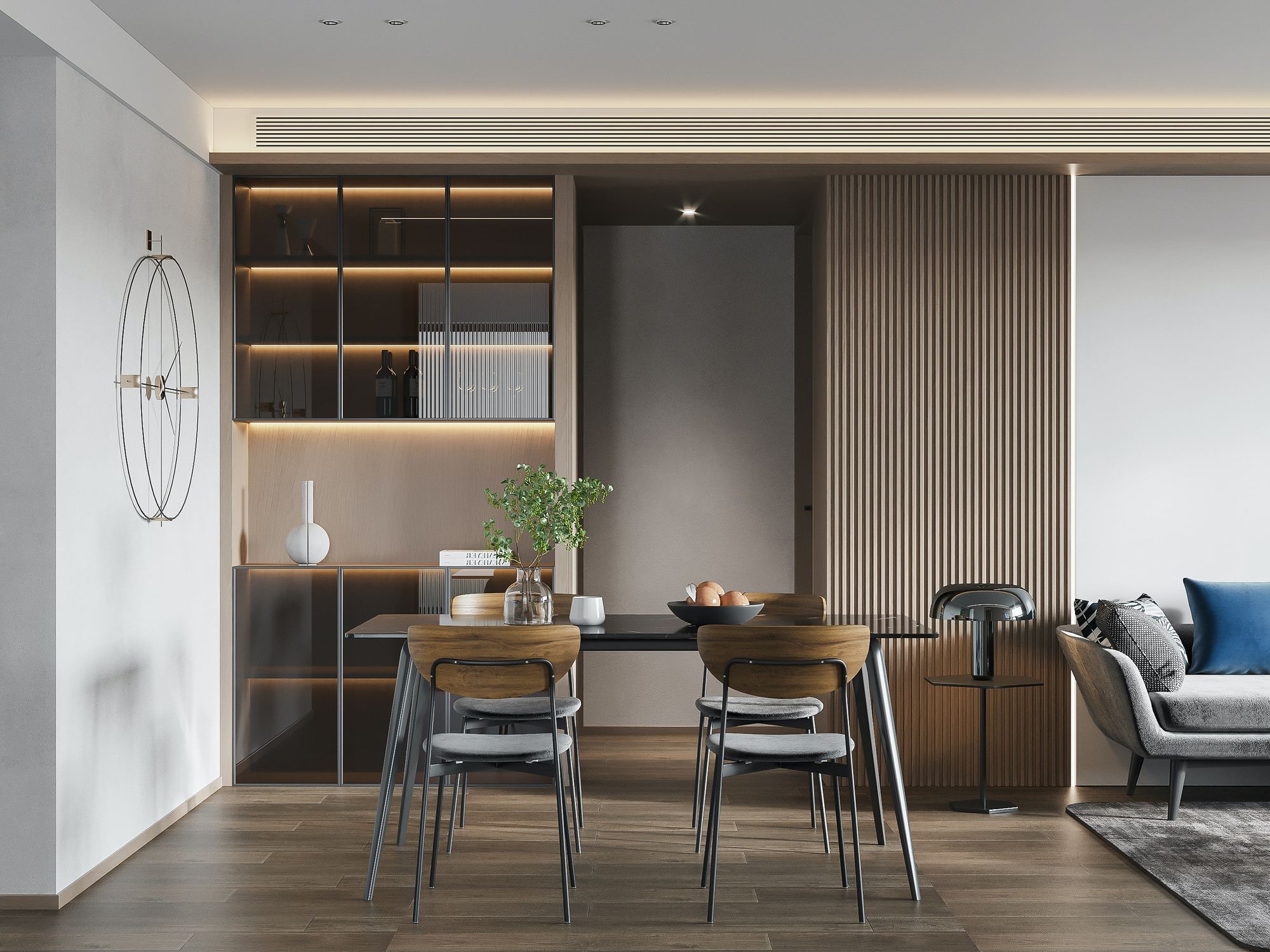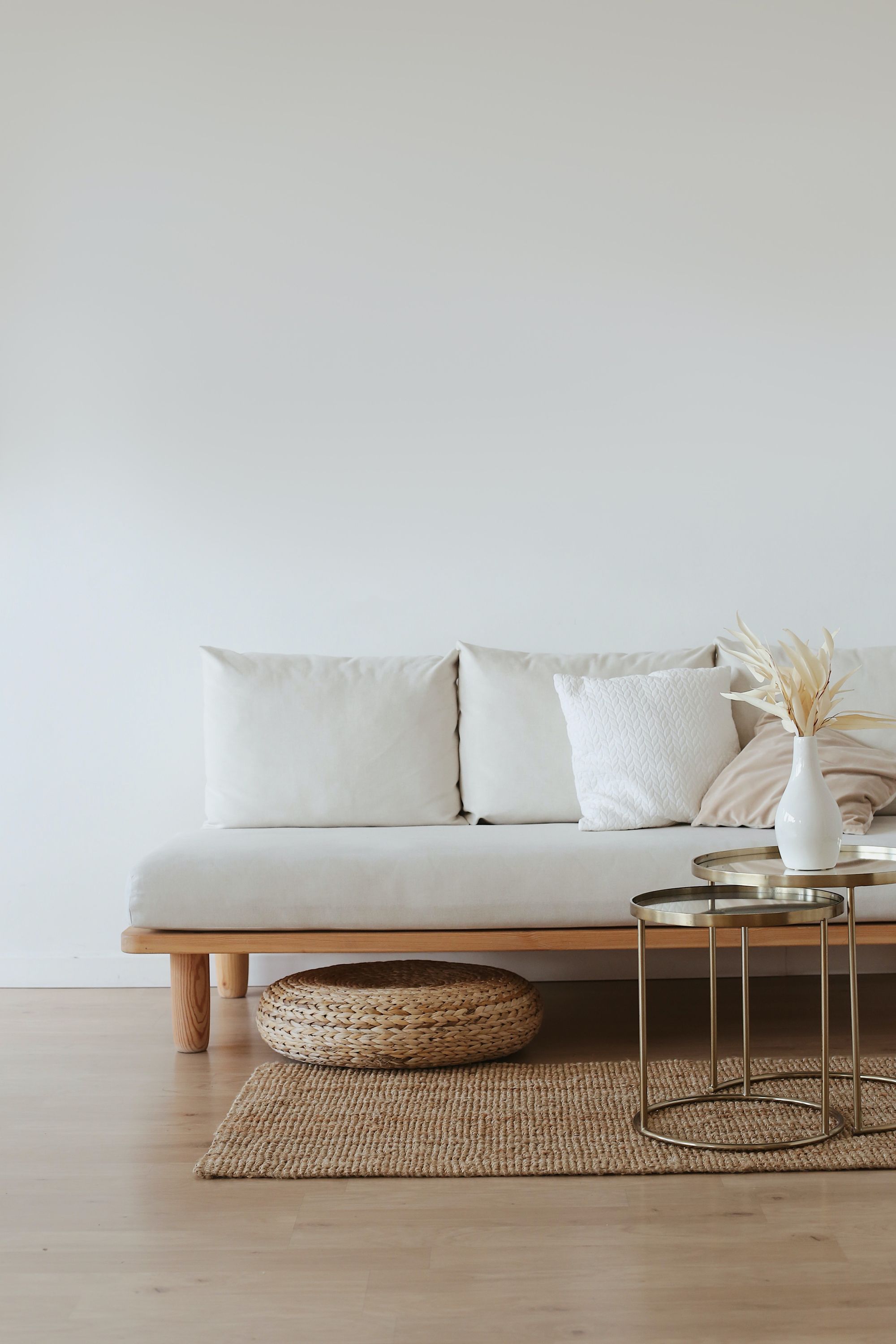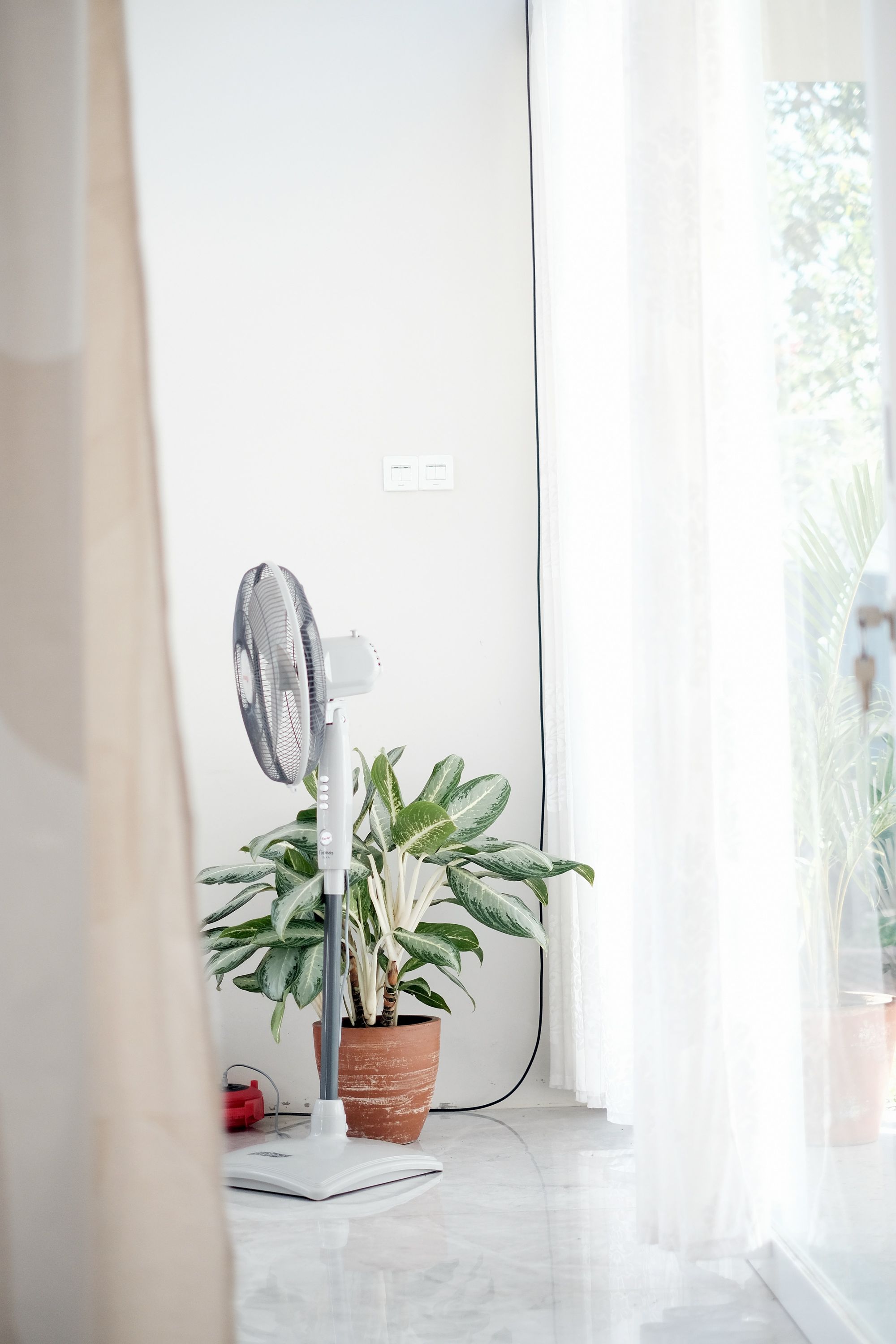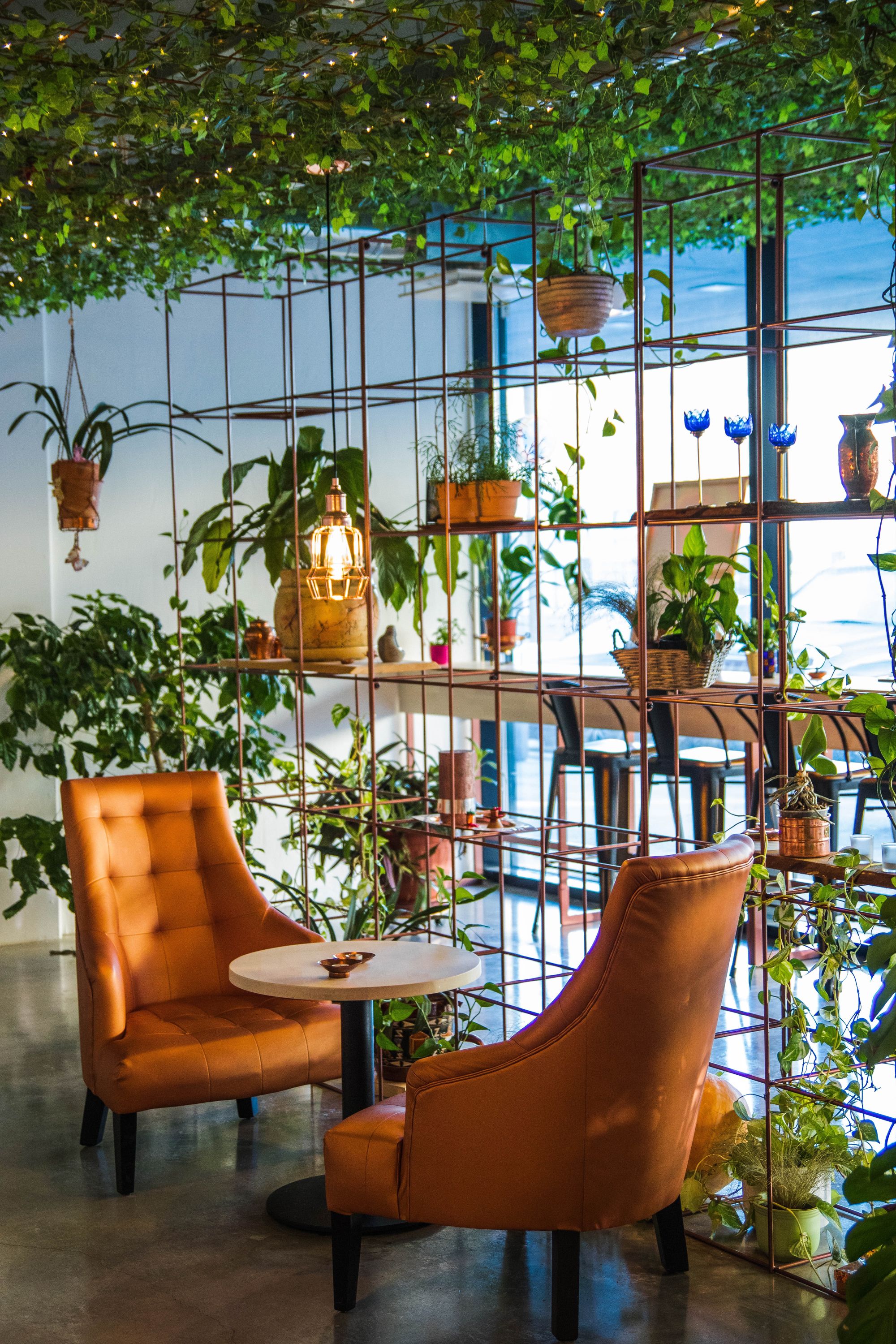Designing with Singapore's humidity in mind: strategies for a mold-free home

Singapore is known for its hot and humid climate, which can make it challenging to create a comfortable and stylish home. High humidity levels can lead to mold growth, musty odors, and damage to furniture and other belongings. However, there are ways to deal with humidity and create a beautiful and functional interior design.
Here are some tips for designing your home to combat humidity in Singapore.
Choose Materials Wisely
When choosing materials for your home, it's important to consider their ability to withstand humidity. Look for materials that are moisture-resistant and durable, such as teak, rattan, and metal. Avoid materials that can absorb moisture and encourage mold growth, such as cotton, wool, and leather.

Keep Air Circulating
Good air circulation is essential for reducing humidity in the home. Use ceiling fans and standing fans to keep air moving, and open windows and doors whenever possible to let in fresh air. A good air conditioning should be able to remove humidity as well.

Install Dehumidifiers
Dehumidifiers can help to remove excess moisture from the air and prevent mold growth. Place dehumidifiers in areas of the home that are particularly prone to moisture, such as the bathroom and kitchen. Running the air-conditioning will also dry the air, so they be interchanged.
Use Mildew-Resistant Paints
Painting your walls with mildew-resistant paints can help to prevent mold growth and keep your home looking fresh and clean. Look for paints that are specifically designed for humid environments.

Consider Natural Fibers
Natural fibers, such as bamboo, jute, and sisal, can be a good choice for rugs and curtains in humid environments. These materials are less likely to trap moisture and encourage mold growth.
Invest in Quality Furniture
Investing in high-quality furniture can help to prevent damage from humidity. Look for furniture that is made from moisture-resistant materials and has a durable finish. Regularly clean and maintain your furniture to prevent mold and mildew.

In conclusion, dealing with humidity in Singapore requires careful consideration of materials and design choices. By choosing moisture-resistant materials, keeping air circulating, using dehumidifiers and mildew-resistant paints, considering natural fibers, and investing in quality furniture, you can create a comfortable and stylish home that is resistant to the challenges of high humidity.
Connect with Shan on Instagram, Facebook, Pinterest, and LinkedIn.
